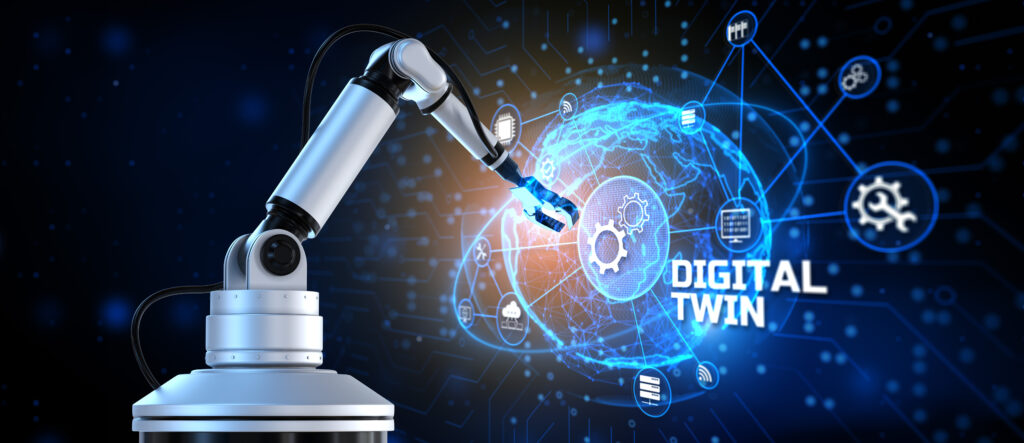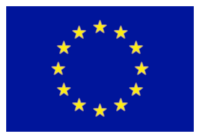Motion control is an engineering technology that encompasses several industries and extensively used in a variety of fields for automation purposes, including precision engineering, micromanufacturing, biotechnology, and nanotechnology. Motion control systems are automation systems that involved in moving parts of machines in a controlled manner.

Growing demand for industrial robots in the manufacturing sector will tend to fuel the demand for the motion control market. The Motion Control Market size was valued at USD 20.06 Billion in 2019 and is projected to reach USD 29.65 Billion by 2027, growing at a CAGR of 5.4% from 2020 to 2027.
Why AI and Digital Twins are important?
Mechatronic systems in the manufacturing industry face ever-growing requirements on long-term energy efficiency, size, motion speed, precision, adaptability, self-diagnostic, secure connectivity or new human-cognitive features.
The combination of motion control, digitalization and newer technologies, such as digital twins and artificial intelligence, will allow manufacturers to develop speed, efficiency, quality and flexibility in an unprecedented way [1] and thus, to mitigate the aforementioned ever-growing challenges.
For industrial applications in terms of design, production, and system health checks, Digital Twins demonstrate superiority over the traditional solutions. Specifically, Digital Twins allow reinforcement of the collaboration between design and manufacturing, mimicking the real factory environment to ease remote control operations and facilitate the detection of machinery problems, respectively.
Digital Twins along with the AI can lead on highly automated processes by adding novel features and capabilities to the existing industrial processes. These include[2] movement prediction, task learning, risk reduction, predictive maintenance, dynamic scaling, privacy, security and intrusion detection, and finally Heterogeneous Network (HetNet) Selection.
What is the contribution of the IMOCO4.E project to the manufacturing sector, what are the expected results and what are the potential applications of the offered platform?
IMOCO4.E (“Intelligent Motion Control under Industry 4.E”) an ECSEL funded project with 46 partners, strives to create solid and unimpeachable knowledge for optimizing machines and production lines over their whole lifecycle. Software and Hardware building blocks (BBs), edge-to-cloud distributed and featuring standardized interfaces, will be developed to deliver a complete IMOCO4.E reference framework. These building blocks will embed the latest thinking from the academic community and, moreover, can be enhanced in future with new research results.
The two main pillars of the project are digital twins and AI principles (machine/deep learning). Thus, IMOCO4.E strives to deliver a flexible, scalable, future-proofed and fully functional platform consisting of AI and digital twin toolchains and a set of mating building blocks for resilient manufacturing applications. The optimal energy-efficient performance and easy (re)configurability, traceability and cyber-security are crucial.
The IMOCO4.E reference platform benefits will be directly verified in high-performance motion control applications for semicon, packaging, industrial robotics and healthcare. Additionally, the project demonstrates the results in other generic motion-control-centered domains. The project outputs will affect the entire value chain of the production automation and application markets.
The role of ITML within the IMOCO4.E project
ITML is the project Dissemination and Communication Leader ensuring that the project’s activities, results, and outcomes are properly disseminated throughout the project’s duration. ITML is responsible for the project’s visual identity, the design of dissemination material such as fliers, website, and any other promotional material, the deployment of a thorough dissemination plan, and the management of dissemination activities such as papers publication, presentations in conferences, news publishing, newsletters, etc. In addition, ITML will be actively involved in technical WPs as a technology provider by deploying real-time AI-based data clustering and classification algorithms as well as ML-based predictive analytics.
[1] Digital Twin and Artificial Intelligence: benefits & key learnings
[2] Groshev, Milan, et al. “Toward intelligent cyber-physical systems: Digital twin meets artificial intelligence.” IEEE Communications Magazine 59.8 (2021): 14-20.


